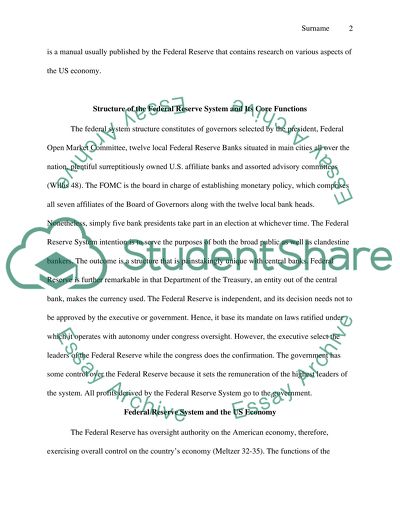Cite this document
(“The Federal Reserve Controls the American Economy Term Paper”, n.d.)
Retrieved from https://studentshare.org/macro-microeconomics/1450890-the-federal-reserve-controls-the-american-economy
Retrieved from https://studentshare.org/macro-microeconomics/1450890-the-federal-reserve-controls-the-american-economy
(The Federal Reserve Controls the American Economy Term Paper)
https://studentshare.org/macro-microeconomics/1450890-the-federal-reserve-controls-the-american-economy.
https://studentshare.org/macro-microeconomics/1450890-the-federal-reserve-controls-the-american-economy.
“The Federal Reserve Controls the American Economy Term Paper”, n.d. https://studentshare.org/macro-microeconomics/1450890-the-federal-reserve-controls-the-american-economy.


